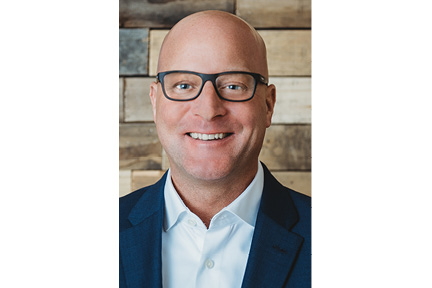Sponsored
Bank Failures & Custody Risk
by Kevin Kroskey, CFP®, MBA
Custody risk? Boring snoring as my 4-year-old would say. But recent headlines surrounding bank failures have been anything but. They may have you reasonably wondering about the safe keeping of not only your cash but also of your investments (aka securities).
A lesser-known type of risk you take is called custody risk. Banks or brokerage firms such as Schwab, Fidelity, or Lehman Brothers (that failed in the GFC) may be custodians. There are important distinctions for each type of financial institution as well as to the different types of assets – notably cash or securities – held.
Segregated Or Not?
When you deposit cash at a bank, your cash becomes a general liability of the bank. The bank promises to pay back your deposit in the future upon demand. You can think of this as lending money to the bank. While you likely don’t think of your cash as a loan to the bank, bank failures provide a stark reminder that you should.
Bank deposits are not kept separate and apart from the bank’s assets, are reflected on the bank’s balance sheet and are subject to claims made by the bank’s creditors. Deposits at an FDIC member bank are insured, generally up to FDIC limits set by law.
Securities held by the bank in custody for customers, however, are kept separate from the bank’s assets, are not included on the bank’s balance sheet, and are not subject to the claims of that bank’s creditors. Cash deposits are not securities, even if they are held in a custody account.
Brokerage firms are regulated by the Securities & Exchange Commission. Securities are segregated in compliance with the SEC’s Customer Protection Rule. Segregated assets are not available to general creditors and are protected against creditors’ claims in the unlikely event that a broker-dealer becomes insolvent.
When it comes to cash at brokerage firms, there are bank sweep products (not a security) and a cash-like investments called money market funds, which are securities. And remember, a security is segregated.
In brokerage accounts, you also likely have insurance from the Securities Investor Protection Corporation or SIPC. SIPC protects against the loss of cash and securities held with a SIPC-member brokerage firm in the event of their failure. SIPC covers the first $500K of an account, with a $250,000 limit for cash. Many brokerage firms also provide additional private insurance known as “excess SIPC.” This extra insurance may reach to be several hundred million dollars for securities, with lower limits around $1 million for cash.
To make things more confusing, today many financial institutions offer both bank or brokerage custodial options under sister companies. Schwab does, and here’s Schwab’s disclosure: “Brokerage products and services are offered by Charles Schwab & Co., Inc., member SIPC. Deposit products and services are offered through Charles Schwab Bank, SSB (“Schwab Bank”).”
Fidelity, on the other hand, is not a bank and offers custodial services solely as a brokerage firm. Yet, Fidelity offers FDIC insurance cash sweep options with coverage up to $1.25 million. How? They do so by sweeping balances to multiple FDIC-member banks, each with $250,000 coverage, but all within one Fidelity account.
With the above safeguards, most failures within the investment industry do not affect customers. One of the best examples is that segregated investment accounts at Lehman Brothers were fully recovered after Lehman’s bankruptcy during the GFC.
What Next?
The bank failures are no doubt troubling should serve as a wake-up call for many. It is important that you or your trustworthy and competent financial advisor know whether your assets are segregated or not, whether they are cash or securities and understand your insurance limits. As you can likely tell, it’s not that easy to do in today’s complex financial world.
The Silicon Valley Bank failure was unique and more-so related to the bank’s liquidity and concentrated customer base. Failures during the GFC were more relatedly to insolvency and caused greater harm. Many believe a more material risk is whether what seems like a somewhat benign liquidity risk in the financial system manifests into a more severe solvency risk.
Markets discount when uncertainty exists and have been reacting wildly. Now may be a good time to get a second opinion on your investment strategy.

Sponsored by
True Wealth Design
Kevin Kroskey, CFP®, MBA is the Founder of True Wealth Design, a wealth management firm with deep expertise in retirement, tax, and investment planning, helping successful families and individuals Plan Smarter and Live BetterTM
Opinions and claims expressed above are those of the author and do not necessarily reflect those of ScripType Publishing.

